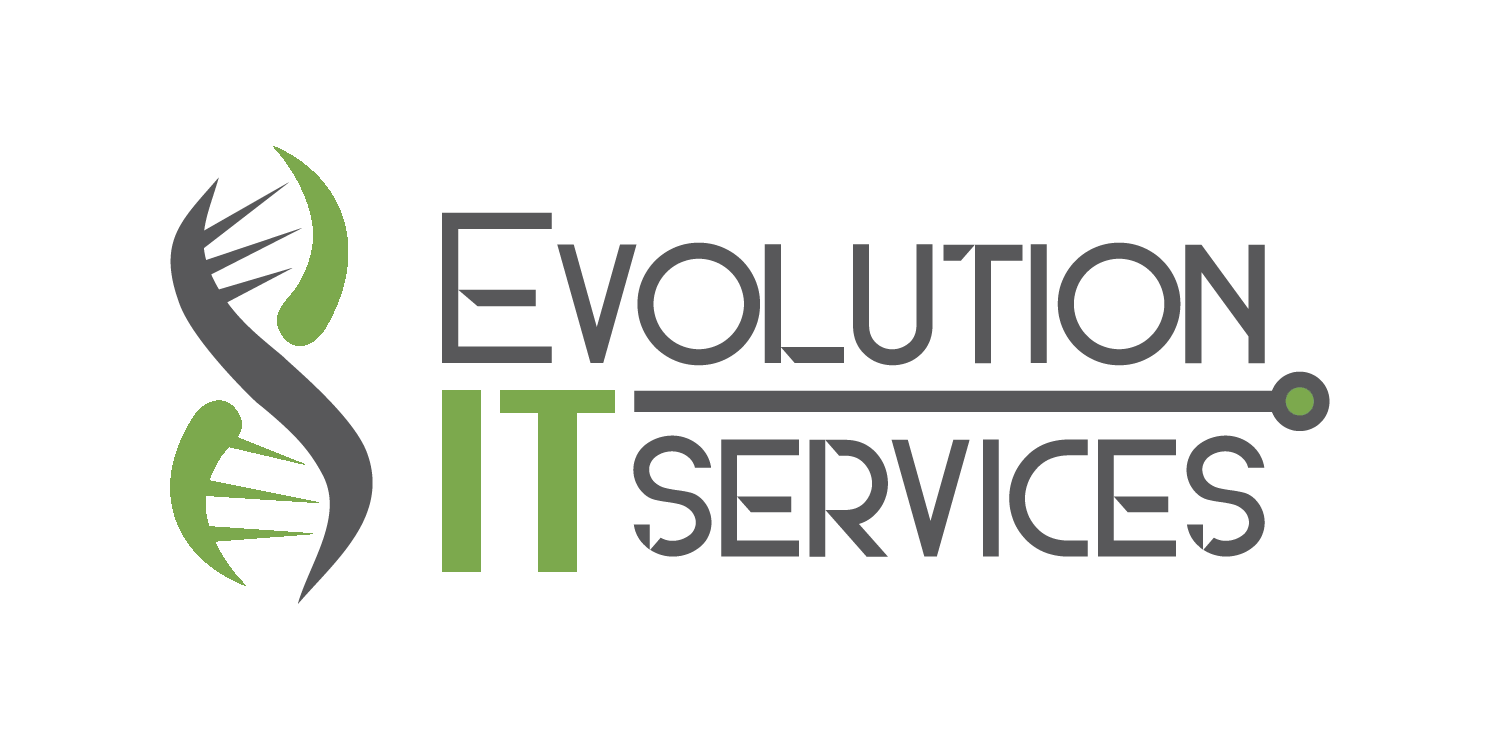
Navigating the Cloud Confluence: A Deep Dive into Hybrid Cloud Strategies
In the ever-evolving realm of information technology, the concept of cloud computing has taken center stage, reshaping the way organizations manage and deploy their IT resources. Among the various cloud paradigms, the hybrid cloud emerges as a dynamic and flexible solution, combining the best of both worlds – the security of private clouds and the scalability of public clouds.
Demystifying Hybrid Cloud: Seamless Integration of Private and Public Realms
What is Hybrid Cloud?
The hybrid cloud can be best described as an expertly orchestrated amalgamation of private and public cloud solutions. This blend harnesses the strengths of both cloud types to provide a more flexible and optimized IT environment.
Private Cloud: The Guardian of Data
Private cloud platforms often find their home within an organization’s data center. Their hallmark lies in providing a stricter data governance and compliance, ensuring sensitive information remains safe from external threats.
Public Cloud: The Beacon of Scalability
The public cloud shines with its promise of limitless scalability. Without the constraints of physical infrastructure, businesses can easily adjust resources based on demand, making it ideal for applications with fluctuating workloads.
Harmony in Duality: The Essence of Hybrid Cloud
The beauty of the hybrid cloud model lies in its ability to strike a balance. It empowers organizations with both the fortified security of private clouds and the expansive scalability of public ones. It’s a model that caters to dynamic needs, offering optimal resource utilization, streamlined data management, and a scalability that’s second to none.
Hybrid Cloud Advantages: A Deep Dive into Strategic Benefits
1. Unmatched Flexibility and Scalability
Hybrid clouds offer businesses the ability to quickly adjust resources based on demand. For instance, e-commerce businesses can seamlessly handle traffic spikes during sales, ensuring optimal user experience without excessive costs during off-peak periods.
2. Cost-Efficiency and Strategic Resource Allocation
In a hybrid environment, workload placement is both cost-effective and need-based. Startups can start in the public cloud and shift sensitive operations to the private cloud, balancing financial constraints with security.
3. Enhanced Data Security and Privacy
The hybrid approach allows sensitive data to reside in the more secure private cloud. For example, a healthcare company can store confidential patient data privately, while less critical tasks utilize the public cloud.
4. Robust Disaster Recovery Mechanisms
Hybrid clouds are equipped to handle unforeseen disruptions, promising minimal downtime and maximum business continuity. If a natural calamity affects an on-site data center, operations can transition to the public cloud, ensuring service continuity.
5. Compliance Adherence and Efficient Data Management
Institutions with strict regulations, like financial entities, can use hybrid clouds to ensure compliance. They can store sensitive data privately, while general tasks benefit from the public cloud’s scalability. However, maintaining security consistency across platforms is crucial.
Navigating Hybrid Cloud Hurdles: A Comprehensive Look at Challenges
Complexity in Multi-Cloud Management
Many enterprises use multiple cloud service platforms, like a pharmaceutical company using different cloud providers for research data and patient records.
This diversity can cause challenges in uniform management. Rolling out a new application update might require varied procedures across platforms, leading to inconsistencies. The mosaic of platforms requires specialized tools and expertise for smooth operations.
Seamless Data Integration Across Cloud Realms
For a multinational e-commerce company, transactional data might reside in a private cloud and customer feedback in a public cloud. The challenge lies in integrating these datasets for valuable insights. Any integration gap might skew the understanding of customer behavior, highlighting the need for a thorough integration strategy.
Latency and Performance Concerns in Data Movement
Performance is non-negotiable, especially in industries where milliseconds matter. A classic example is a popular online multiplayer game that uses multiple cloud platforms for various game elements. Players’ real-time interactions demand swift data transfers.
If large game assets frequently move between disparate clouds, it could introduce latency, causing game lag or disruptions. Such performance hitches can tarnish user experience and potentially impact the game’s reputation.
Unifying Security and Compliance Across Platforms
Financial institutions using varied cloud services might struggle with maintaining security. Differing protocols between platforms can introduce vulnerabilities, jeopardizing both data security and institutional reputation. A holistic security framework is crucial to ensure consistency across platforms.
Blueprint for Success: Implementing Hybrid Cloud Strategies Effectively
Tailored Assessment and Strategic Planning
The foundation of an effective hybrid cloud implementation is meticulous assessment and planning. Consider, for instance, a healthcare organization. Their patient records, which contain confidential information, would be housed within the private cloud to ensure security. On the other hand, their public-facing appointment booking system could be hosted on a public cloud to benefit from its scalability, especially during flu season or vaccination drives when demand surges.
Seamless Integration and Ensuring Interoperability
Integration should be at the forefront of any hybrid cloud strategy. A global retail business, expanding into new markets, would want to keep its legacy systems (perhaps an inventory management system) intact while adopting new cloud services. This requires cloud providers who can meld the old with the new, ensuring that inventory data can move fluidly between local servers and the cloud.
Holistic Management, Monitoring, and Automation
The intricate nature of hybrid cloud environments demands sophisticated tools. Consider a multimedia streaming platform experiencing varied user traffic depending on show releases or live events. Such platforms need comprehensive tools that not only monitor user traffic in real-time but also auto-adjust resources. This ensures that binge-watchers aren’t left buffering at the climax of their favorite series.
Fortified Security and Unwavering Compliance
In today’s digital age, security is paramount. Imagine a financial institution that deals with a plethora of customer data. While their transactional data might be stored in a private cloud, their mobile application could be hosted on a public cloud. This setup demands that security protocols be consistent, ensuring that a user’s financial data is safeguarded, whether they’re checking their account balance or making online transactions.
Agile Scaling and Predictive Optimization
Efficient scaling and optimization are the lifelines of dynamic business operations. A budding e-commerce startup during its Black Friday sale can serve as an illustrative example. As the sale kicks off and user traffic spikes, the startup needs to dynamically allocate resources. Predictive analytics can offer insights, such as predicting the hottest selling products, helping the startup optimize resources and ensure a seamless shopping experience.
Adopting a hybrid cloud strategy is akin to setting up a symphony – each instrument, or in this case, component, must play its part perfectly. With the right approach and tools, businesses can make beautiful music, leveraging the myriad advantages that the hybrid cloud offers.
Top of Form
Hybrid Cloud Horizons: Predicting the Future of Cloud Computing
AI and Machine Learning Revolutionize Hybrid Cloud Solutions
It’s no secret that Artificial Intelligence (AI) and Machine Learning (ML) are becoming integral components of modern IT infrastructure. In the context of hybrid cloud, envision an e-commerce business that deals with huge datasets—from user browsing patterns to sales transactions. A hybrid cloud empowered with AI and ML capabilities can automatically analyze these data streams. For instance, during a festive season sale, the AI might predict a surge in user traffic and accordingly allocate more resources to handle the influx, ensuring smooth user experience. Thus, hybrid cloud solutions are moving towards providing not just storage but also deep insights, automating resource allocation, and optimizing costs.
Edge Computing and Hybrid Cloud: A Symbiotic Relationship
Edge computing is set to redefine the way data is processed. Imagine a smart city project, where thousands of sensors are deployed across the urban landscape—monitoring traffic, weather conditions, and energy consumption. The sheer volume of real-time data generated is staggering. Edge computing allows initial processing of this data at the source, i.e., the sensors themselves. Now, integrate this with the hybrid cloud. While the immediate data processing happens at the edge, the hybrid cloud can store, analyze, and derive long-term insights from this data. So, in our smart city, while edge computing could instantly reroute traffic during a roadblock, the hybrid cloud could analyze months of traffic data to suggest infrastructural changes for optimal city planning.
Navigating the Hybrid Cloud Horizon: Envisioning a Unified Future
The hybrid cloud landscape paints a picture of adaptability and innovation, where organizations can harness the strengths of diverse cloud models to create a harmonious IT ecosystem. As we traverse the dynamic terrain of hybrid cloud strategies, we find a convergence of flexibility, security, and scalability that can reshape the future of business operations. By understanding the nuances, benefits, and challenges of hybrid clouds, organizations can chart a course towards a successful and harmonized cloud journey.



